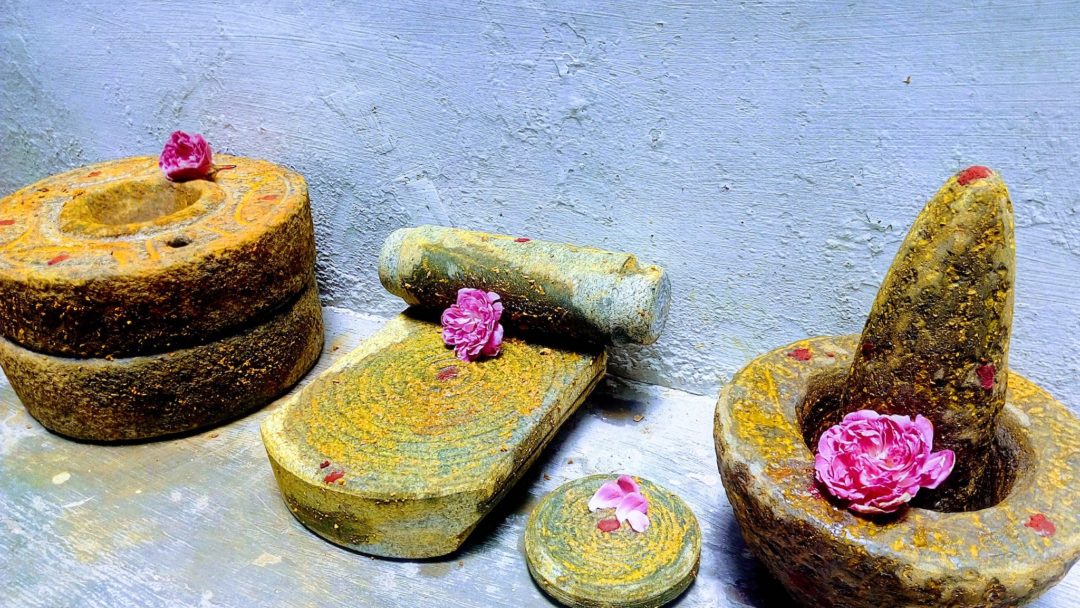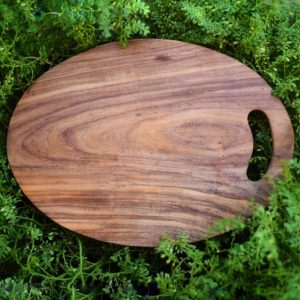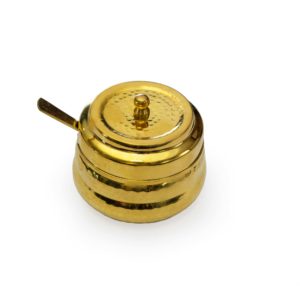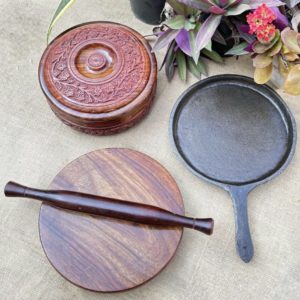According to Wikipedia, Tradition is a belief or behavior passed down with a group or society with symbolic meaning or special significance with origins in the past. We are “Essential Traditions” because we take pride in bringing back hand picked traditional cookware and home decor practices, that can still hold practical values and benefits today. Particular foods were cooked in particular ways in specific cookware for a variety of reasons. For example, some cookware would be used specifically for tamarind based gravies and particular vessels for making curds. Water storage in copper vessels, grain storage in stacked earthen ware are also examples.All of us have experienced being in a village kitchen or have seen images on the internet of rural kitchens. Lets imagine a lady sitting in the kitchen and cooking something. The most obvious utensils and kitchen tools around her are a wood burned stove, a heavy iron tawa, an iron knife or standing knife called Aruvamanai in Tamil, a few clay pots and pans, coconut shell spatulas and spoons, stone grinding tools, storage vessels made of brass etc. Those were days of one or two dishes cooked slowly with hand picked ingredients mostly from the garden around the house. A well to do family would cook thrice a day. Most of the farming community would cook ragi(finger millet) or kambu( pearl millet) for dinner. It would be consumed hot in the evening, and the rest would be immersed in water to be consumed for breakfast and lunch the next day. Millet balls would be consumed with rasam or dal with greens when hot. At breakfast, the water used to immerse the millet balls would be mixed with a little amount of the millet and buttermilk and consumed in a watery state. The remaining would be consumed with buttermilk and salt for lunch. Healthy to eat and easy to make was the mantra in those days too. Simple ethnic foods enriched the farming community who worked from the early hours of the day and retired early too. The millet balls would be immersed in clay pots to keep them cool and slow the process of fermenting. Slow food movement has become well known today. Slow cooking should also be promoted the same way. Taking some time and cooking slowly is in itself therapeutic.
Cutting with an aruvamanai not only takes time, but also practice. Making buttermilk by churning with a wooden churner takes effort, time and constant uniform motion. Grinding chutney using a flat unpolished and sculpted stone requires strength and concentration. But the effort can be tasted. The flavors are unique and the fragrance will invite hungry mouths into the kitchen.We will be hosting try out sessions at our stores for our customers to walk in and check out these lifestyle improvements practically. Keep checking our blog posts for more information about such sessions.










